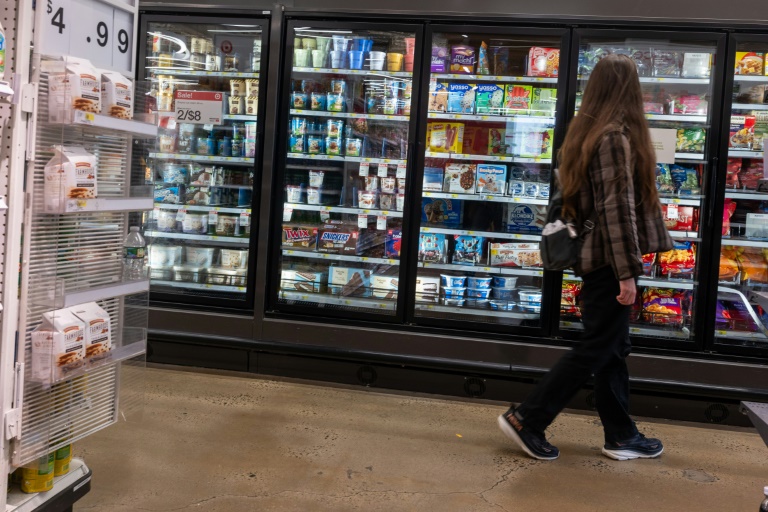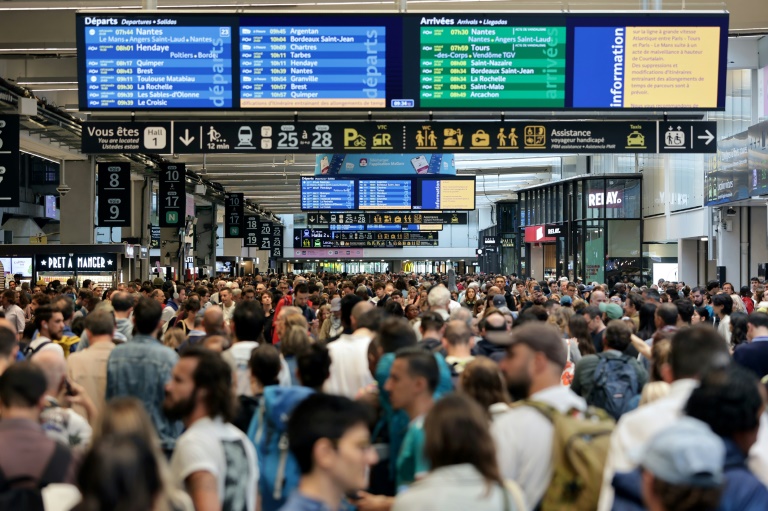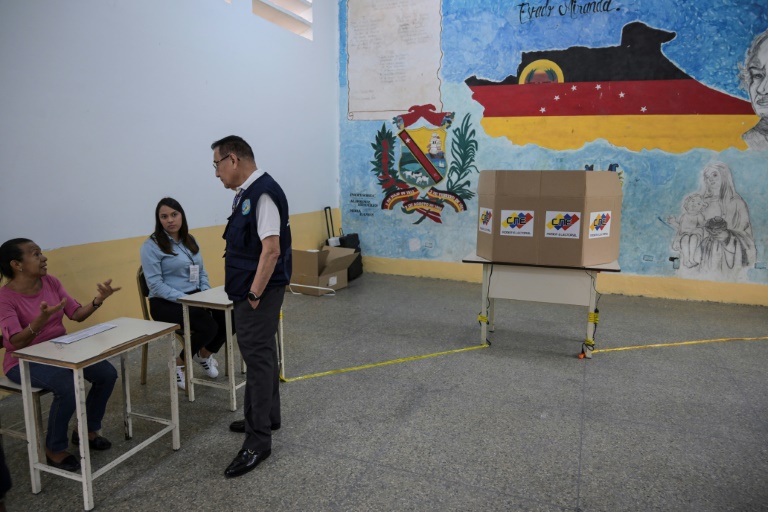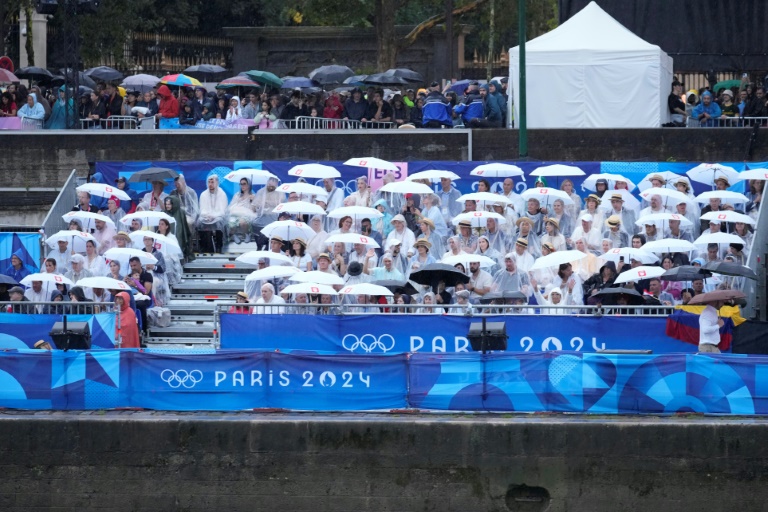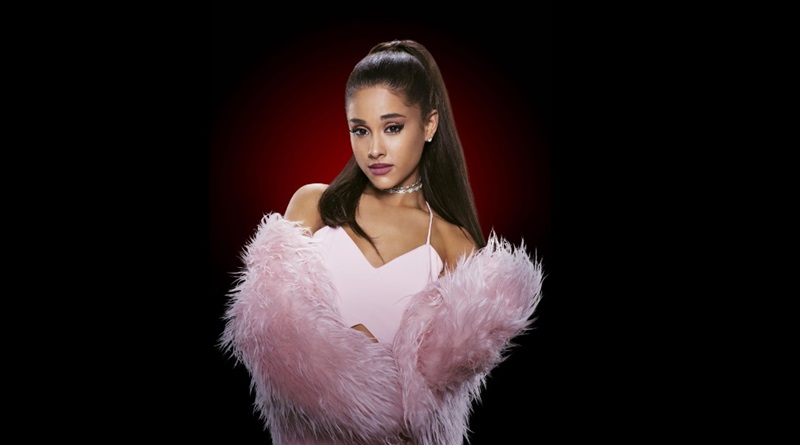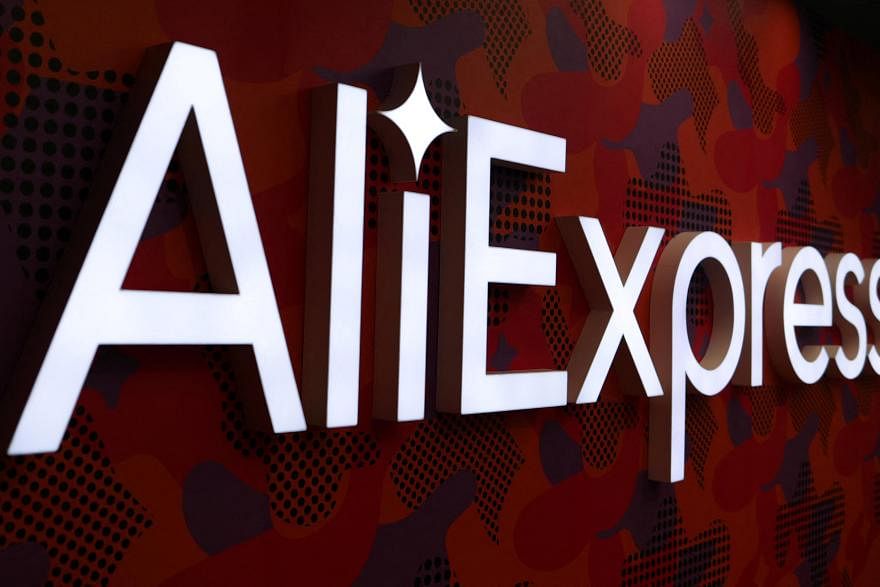US consumer spending warmed slightly in February, according to government data released Thursday, with retail sales regaining ground after an earlier hit from cold weather.
Retail sales bounced 0.6 percent last month to $700.7 billion, after January’s decline was revised to a wider 1.1 percent, said the Commerce Department.
The January drop was the biggest in almost a year, causing some concern. A significant spending slowdown could pour cold water on hopes that consumption continues being a key economic driver.
From a year ago, retail sales were up 1.5 percent, said the Commerce Department.
Sales at motor vehicle and parts dealers helped to support the uptick, rising 1.6 percent between January and February.
Excluding autos, retail sales rose by a smaller magnitude at 0.3 percent.
Meanwhile, spending at furniture stores slipped, while sales at restaurants and bars were still up 0.4 percent.
Gas station sales rose 0.9 percent in February.
“Consumers remained cautious in February,” said EY chief economist Gregory Daco in a note.
He added that sales of building materials and autos drove the February rebound after weather disruptions in January.
“We expect consumer spending momentum to cool moderately this year as cost fatigue and softer labor market conditions constrain households’ spending power,” Daco said.
Analysts expect consumer spending growth to have slowed in early 2024, with the rate to be lukewarm in the coming quarters as well.
“Only the wealthiest households still have excess pandemic savings, while the cost of credit has jumped and leading indicators point to a rise in layoffs this spring,” said Ian Shepherdson, chief economist at Pantheon Macroeconomics.
He added that the latest data and downward revision to January’s figures suggest “consumers are starting to tire.”
But Michael Pearce, deputy chief US economist at Oxford Economics, expects further job gains and “solid wage gains” to support disposable income growth and in turn, consumer spending this year.

